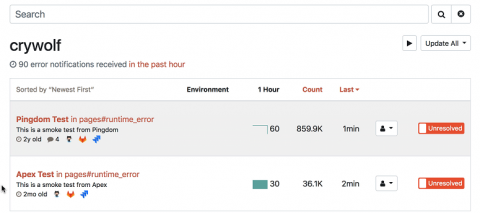How to test serverless applications
Like any other creation in progress or in the making, serverless applications, need to be tested and monitored. How else would you know if what you’ve created is providing desired results? Before putting your “newborn child” out into the world, you must make sure that it’s ready for the world. Software or even hardware of any sort will first be tested before it goes to mass production, and the same goes for your serverless applications.







